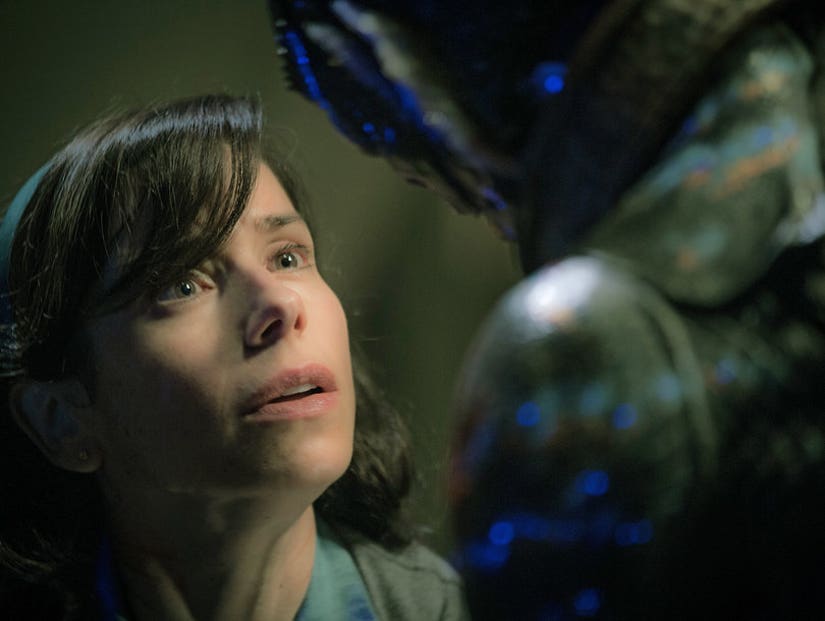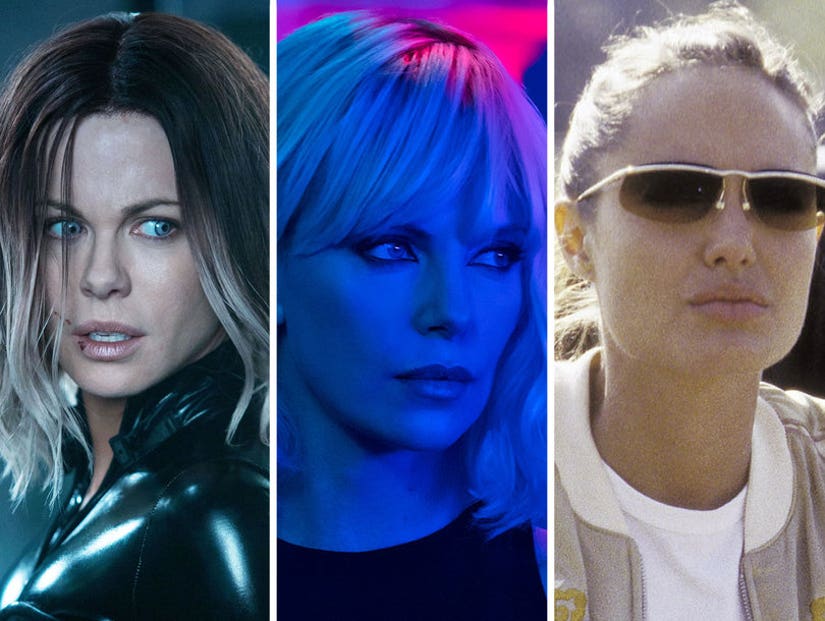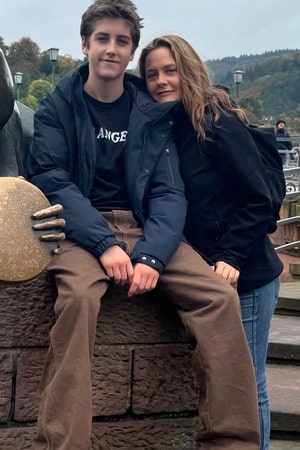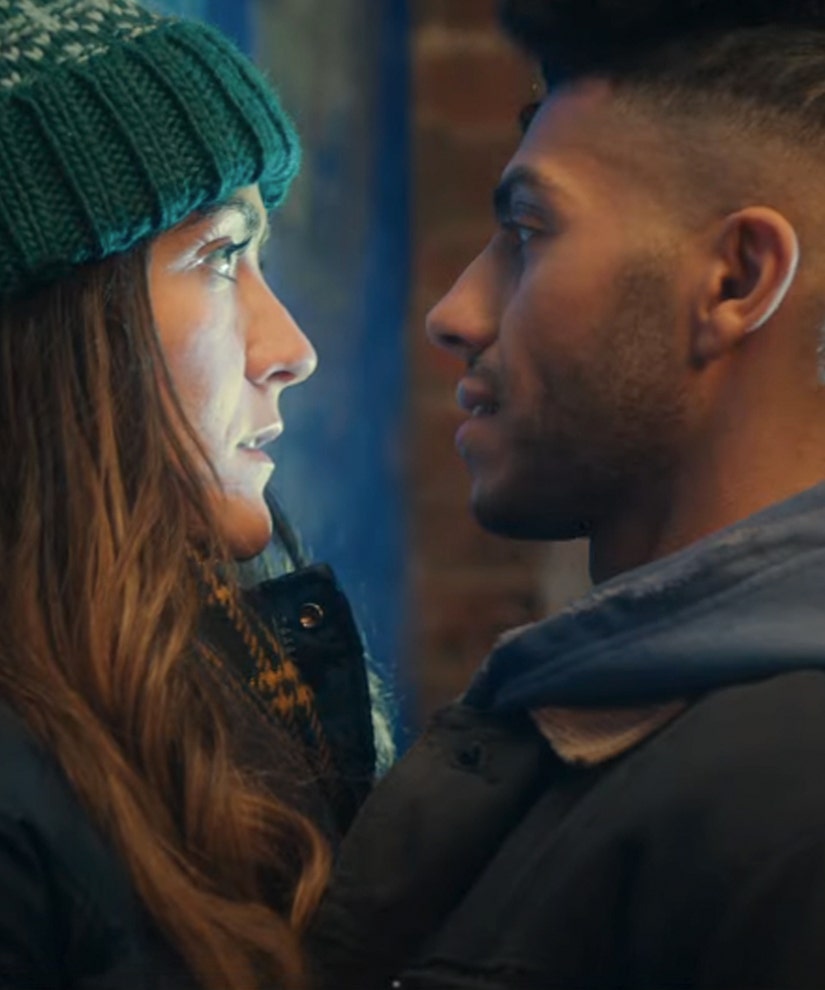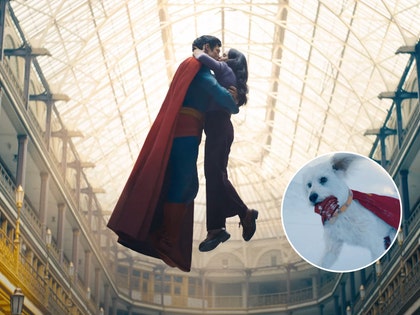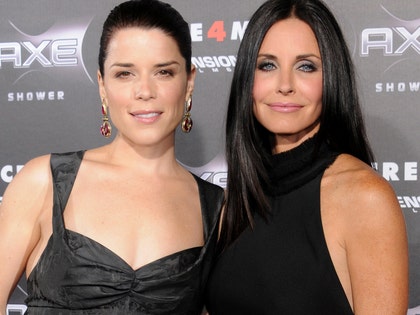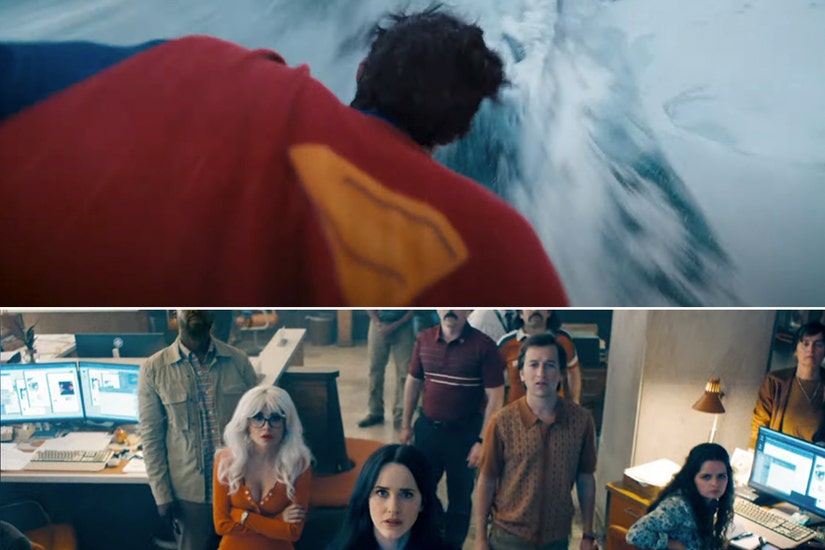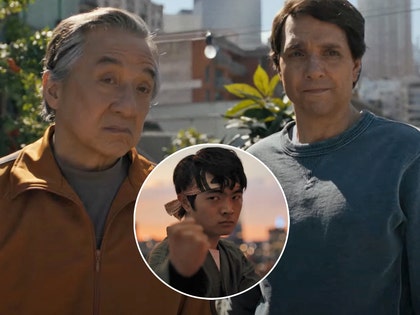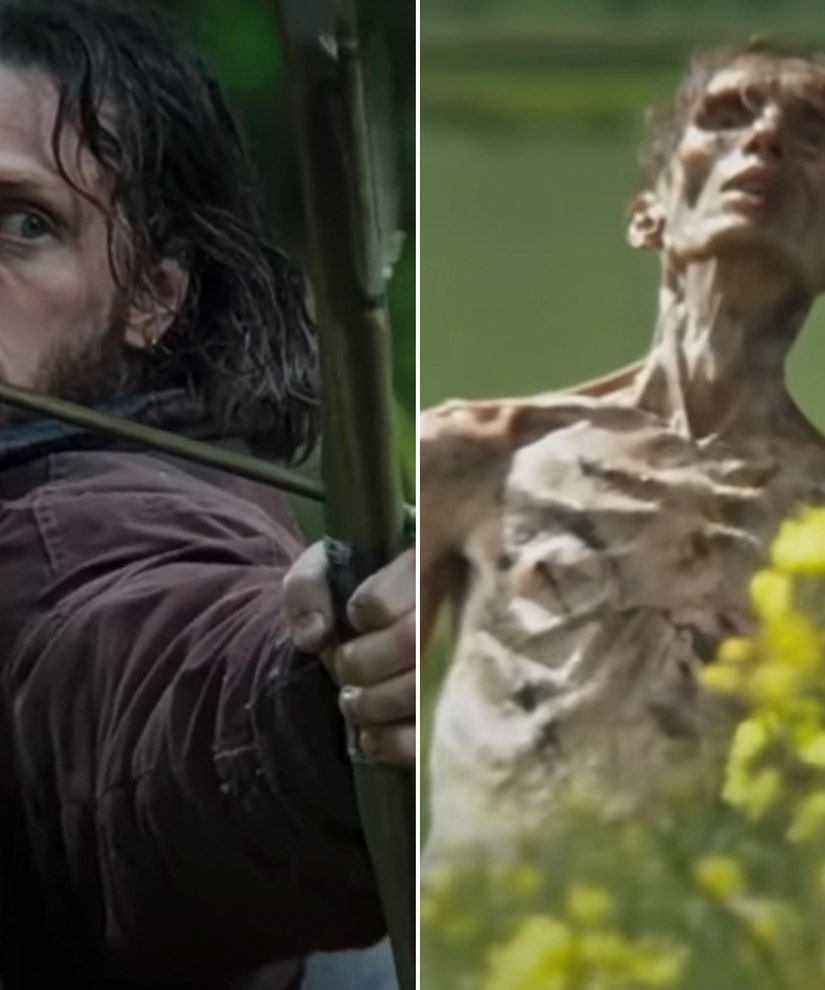"The Shape of Water" is one of the most gorgeous, well-designed, richly populated, and flat-out beautiful movies of the year. It's also a movie about a fish man who has sex with a mute woman, following a brief courtship that mostly involves eating soft-boiled eggs. How much you enjoy director Guillermo del Toro's new movie really depends on just how far you're willing to suspend your disbelief in the service of romance and heavy-handed metaphor.
For better or worse, del Toro has never been shy about his influences, either in interviews or in his actual movies. The Mexican horror-fantasy director has an entire home filled with models of monsters and other creatures, and all of his films, from comic book adaptations to gothic romances, feature otherworldly, prosthetic-covered characters, from the "Hellboy" movies to "Pan's Labyrinth." Whenever he goes to promote one of his movies, he talks about how classic monster movies influenced him both as a kid and as a full-grown adult filmmaker, and that narrative has been trotted out faithfully once again during the "Shape of Water" campaign.
 Everett Collection/Getty/20th Century Fox
Everett Collection/Getty/20th Century Fox
Man Behind the Monster: Guillermo del Toro's Go-To Creature Actor Finally Gets the Spotlight
View StoryThis time, del Toro has embraced the influence of "The Creature From the Black Lagoon," the 1950s Universal horror movie that really acted more like a tragedy, with society misunderstanding two forbidden lovers. Here he rewrites the narrative a bit, keeping the misguided social outrage from on high while weaving a more romantic tale about a freak who somehow gets the girl. Ironically, his devotion to the purity of monsters' spirits means that the human characters are far more interesting in the "The Shape of Water," which brings us back to the initial calculus mentioned up top.
Sally Hawkins stars as a cleaning woman named Elisa who is employed at a secret governmental science facility in the early 1960s. She has a trio of jagged scars across her neck, evidence of a childhood incident that severed her voice box and left her mute. Her colleague and best friend, Octavia Spencer's Zelda, does enough talking for both of them, even though no one listens to a black woman there, and the women's relationship is a highlight throughout.
The only other true relationship Elisa has is with her neighbor, Giles, a closeted man played by a deeply moving and convincing Richard Jenkins. He too has a tragic story: Giles is an advertising artist who has been banished from the industry due to his sexuality, which means that all the heroic humans in the film have been silenced in their own way.
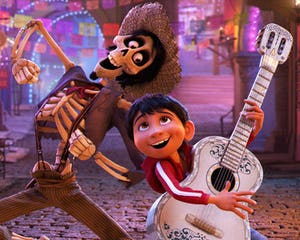 Disney/Pixar
Disney/Pixar
Why Pixar's 'Coco' Is an Unexpectedly Perfect Thanksgiving Movie: TooFab Rview
View StoryElisa and Zelda have an incredible amount of access in this top-secret facility, probably because people weren't concerned with secret videos and photos being taken with camera phones and put on the dark web. They are mopping the floors down in the bowels of the lab when the aforementioned fish man (played by del Toro favorite Doug Jones) is deposited into a shabby tank behind thick, heavy doors. He's kept quite mysterious for a long time, with only glances through glass and glimpses through the shallow water permitted to the audience.
Dr. Robert Hoffstetler, a scientist played by Michael Stuhlbarg, is eager to learn as much as he can about the fish man, but his curiosity is pitted against the swagger and aggressiveness of a government agent named Richard Strickland, played by a ferocious Michael Shannon. Strickland is not exactly interested in discovering more about the once-in-a-lifetime specimen; he's more concerned with beating the Russians, who were also after the fish man, and he spends most of his time taunting the creature.
Things only get worse after our fish man attacks Strickland, severing two of his fingers; reattached with shady early 60s medical technology, the fingers' rot become a metaphor of sorts for Strickland's mental state and the desperation faced by Elisa and her fish friend.
OK, they're more than friends: Elisa and the fish man have sex, multiple times. They cannot speak to one another, but share so much in their silence. They both feel rejected by the world, forgotten and forever unloved, freaks in their own way. They also love boiled eggs, which provides another common point, and indeed serves as the catalyst for their initial meeting.
Soon enough, Elisa realizes that the fish man is to be destroyed, and for the sake of all that is good and just in this world, she has to save him. It takes a bit more convincing to get Zelda and Giles on board, but it's not a spoiler to say that they do indeed help in the end — it's been in trailers and clips, and of course that's the purpose they serve in the story. But not everyone is as they seem in "The Shape of Water," and those character twists we will preserve for you.
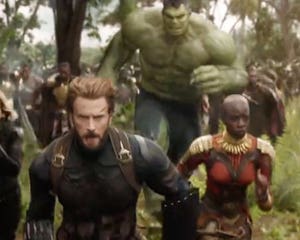 Marvel
Marvel
'Avengers: Infinity War' Trailer Is Finally Here to Really Break the Internet
View StoryDel Toro's visuals are always incredible, especially in his films since "Pan's Labyrinth," but they sometimes they feel a bit empty, as was the case in "Crimson Peak" and "Pacific Rim," which had somewhat cliche stories built on fanboy love but weak characters. There is a greater depth to "The Shape of Water" to go along with absolutely stunning '60s work, which looks a bit like Tim Burton directed an episode of "Mad Men."
It may be hard for some to get past the fact that Elisa is in love with the Creature from the Black Lagoon, without even speaking a word to one another. But there is plenty here in the visuals and side characters to embrace and get lost in, even without full buy-in to the main story.

